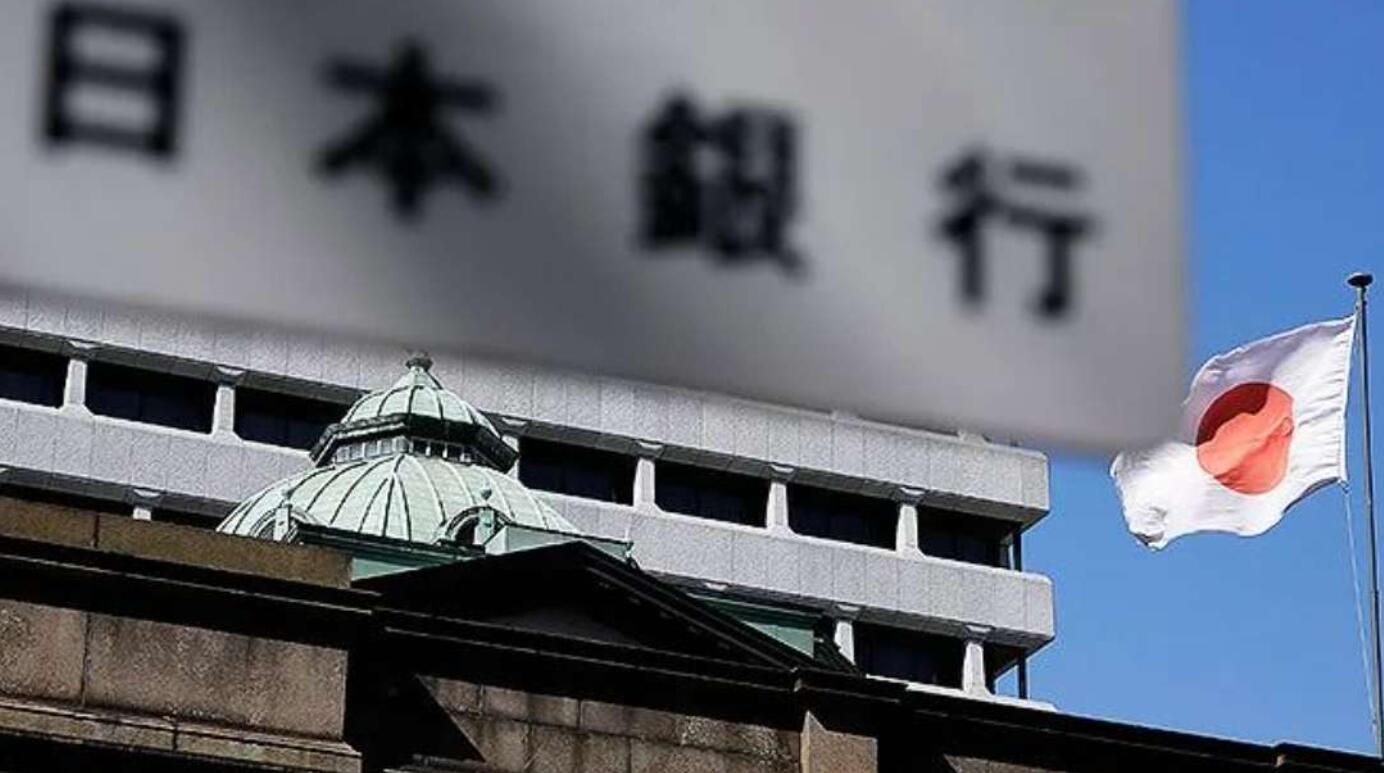The Bank of Japan needs to raise interest rates to convey hawkish messages, and action is more important
Scholars and policy makers gather at the Federal Reserve's Jackson Hole Annual Economic Conference to discuss how central banks influence market views on the direction of monetary policy. For them, the Bank of Japan's second interest rate hike in July seems to be the right approach.
In March of this year, the Bank of Japan finally ended its eight year long negative interest rate policy. Next month, it will begin to suggest that if inflation remains on track to meet its expectations, it will steadily raise interest rates.
This information has been overlooked by the market until last month. At that time, the Bank of Japan supported hawkish signals with its actions: it raised short-term interest rates from 0-0.1% to 0.25%, an unexpected move that triggered arbitrage trading closures worldwide. For most of the past decade, arbitrage trading has been funded by the extremely cheap Japanese yen.
The subsequent market crash forced the Bank of Japan to withdraw and ensure that it would not raise interest rates again until the market stabilized. But this indicates how central bank communication has the greatest impact when words match actions.
The experience of the Bank of Japan is consistent with a new research result announced at this year's Jackson Hole Conference. At this meeting, global central bank decision-makers discussed ways to strengthen communication with the market.
This paper titled 'Changing Concepts and Post Pandemic Monetary Policy' shows how the public and markets fully understand how policymakers are committed to ensuring inflation returns to the Federal Reserve's 2% target level after the Fed significantly raises interest rates.

The author wrote, "Policy rate action can contribute to the effectiveness of communication, and may even be necessary, especially when there is high uncertainty in the monetary policy framework." "As our evidence shows, timely policy rate responses to inflation are not only important for influencing current financial conditions, but also indicate that policymakers will respond carefully to future inflation news
It can be confirmed that the highest inflation rate in Japan reached 4.2% in January 2023, far below the peak of 7.1% in the United States, which forced the Federal Reserve to accelerate interest rate hikes in June 2022. Japan's inflation in July was 2.7%, which has been higher than the Bank of Japan's target level of 2% for over two years, and the expansion of wage increases has begun to push up service prices.
In its current forecast made in July, the Bank of Japan expects core consumer inflation to remain near its target level for the year ending March 2027. The Bank of Japan also warned that the depreciation of the yen could exacerbate inflation risks, leading to steady interest rate hikes by the central bank.
Pierre Olivier Gourinchas, Chief Economist of the International Monetary Fund (IMF), said on Friday, "We expect the Bank of Japan to begin normalizing policy rates as inflation expectations stabilize at a new level close to 2%." He said, "Of course, in our assessment, there is room for further normalization of monetary policy in the future, and policy rates will gradually rise over a period of time
The Bank of Japan has stated that it is clear what factors will trigger interest rate hikes, and its policy decisions are more data-driven.
But the fact that the Bank of Japan needs to actually raise interest rates to convey its hawkish message highlights the communication challenges faced by Bank of Japan officials, including Governor Kazuo Ueda.
The main complaint of analysts is that, despite emphasizing that the decision on when to raise interest rates will "depend on data," the Bank of Japan took action before clearer signs of consumer downturn emerged.
This makes them believe that the Bank of Japan's interest rate hike in July was driven by a desire to support the plummeting yen, rather than strong economic data.
The fundamental issue with the Bank of Japan's communication is that it needs to provide hawkish guidance to prevent the yen from falling, even with many weak economic indicators, "said Shigeto Nagai, the head of the Japanese economy at Oxford Economics
Contrary to hawkish communication in July, Vice Governor of the Bank of Japan, Shinichi Uchida, has reassured the tense market this month that the central bank will not raise interest rates while the market remains unstable.
However, with the restoration of calm now, Ueda has returned to a hawkish stance. He told parliament on Friday that the Bank of Japan will continue to raise interest rates to a neutral level, neither stimulating nor limiting the economy.
Some analysts suggest that in order to avoid disrupting the market, the Bank of Japan needs a medium-term framework to provide clearer guidance for its long-term interest rate hike path.
Although the Bank of Japan has released quarterly long-term growth and inflation forecasts, it does not have a Federal Reserve style decision-maker interest rate forecast matrix or an estimate of neutral interest rates. Ueda stated on Friday that there is not enough data to provide a credible estimate of Japan's neutral interest rate, but he added that the Bank of Japan will continue to work hard.
Jeffrey Young, CEO of DeepMacro, a research firm in the United States, said, "The main task of the Bank of Japan is to steer the market focus away from the next meeting or rate hike, and guide it more towards the medium-term interest rate trend.
Tips:This page came from Internet, which is not standing for FXCUE opinions of this website.
Statement:Contact us if the content violates the law or your rights
